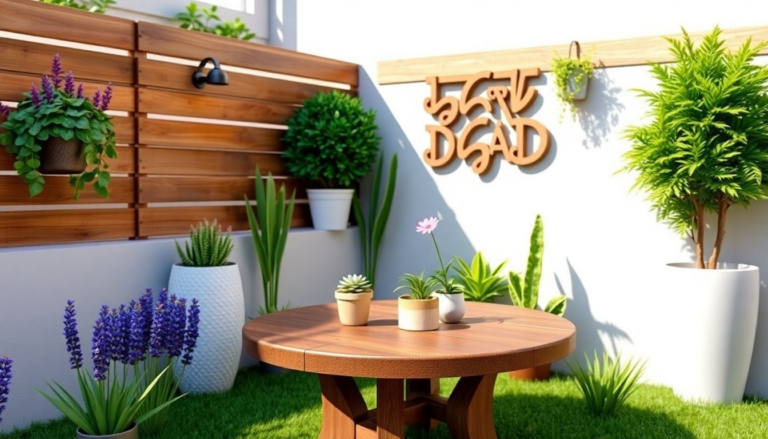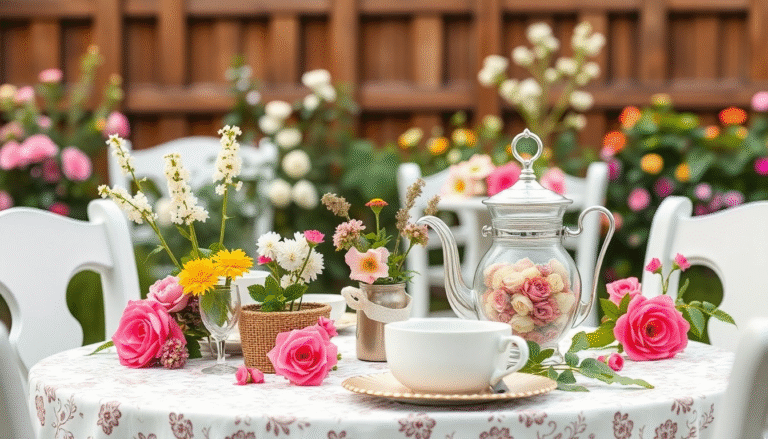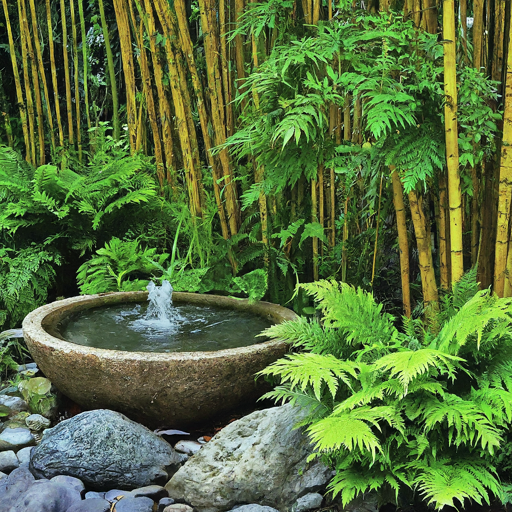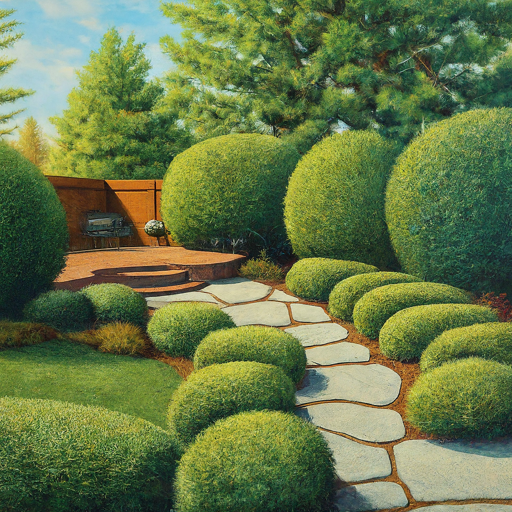27 Simple Backyard Landscaping Ideas
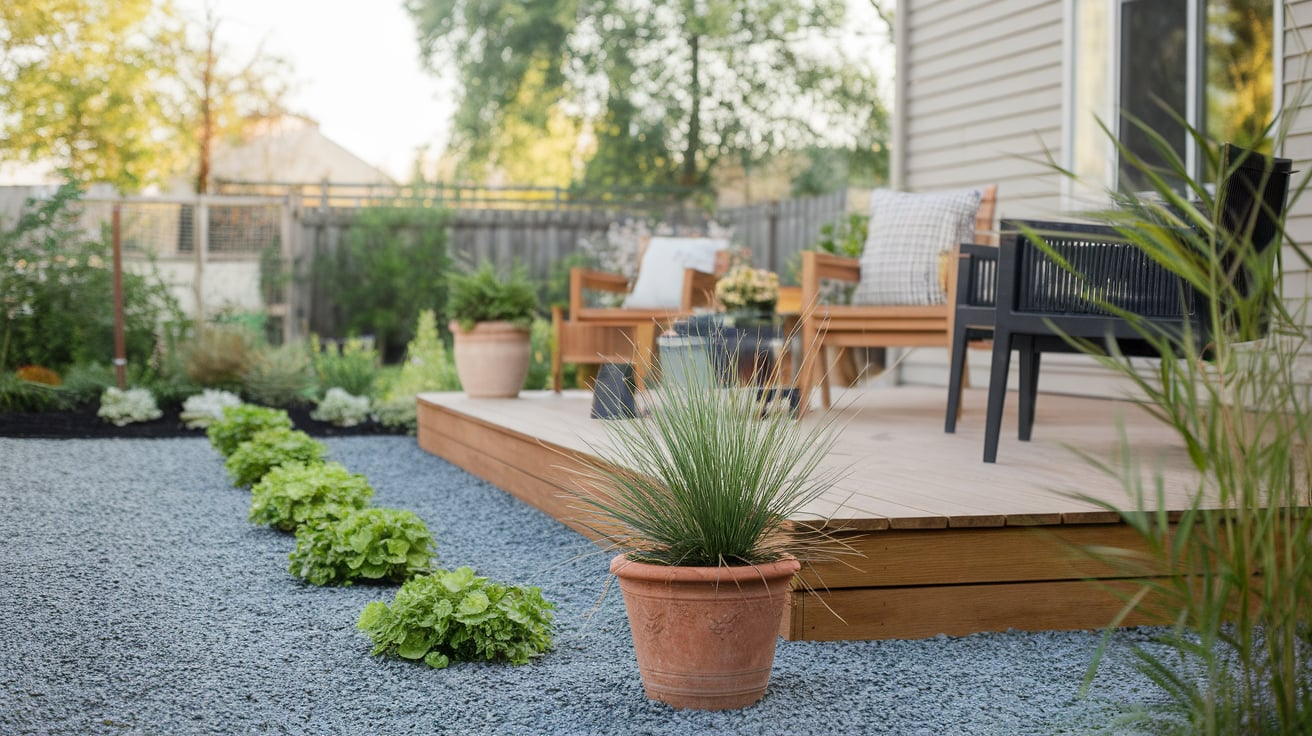
The backyard isn’t just a plot of grass behind your house. It’s potential.
It’s a blank canvas whispering, “Plant something! Build something! Make me magical!” Whether you’re working with a sprawling lawn or a postage-stamp patio, the right backyard landscaping ideas can turn your space into a personal retreat or a party-ready paradise.
I’ve spent more weekends than I’d like to admit experimenting in my own backyard—trimming hedges, planting perennials, and arguing with squirrels over tomato rights.
So today, I’m sharing 27 simple, tried-and-true landscaping ideas to help you transform your yard without needing a degree in horticulture or a millionaire’s budget.
Let’s dig in—literally.
1. Start with a Clear Plan

Before anything else, know your space.
Measure the area, note how much sunlight different sections get, and identify the existing features you want to keep or remove.
Think of your backyard like a puzzle—what fits, what doesn’t, and what needs a little trimming around the edges.
Planning ahead saves time, money, and that “what was I thinking?” regret.
2. Use Raised Garden Beds
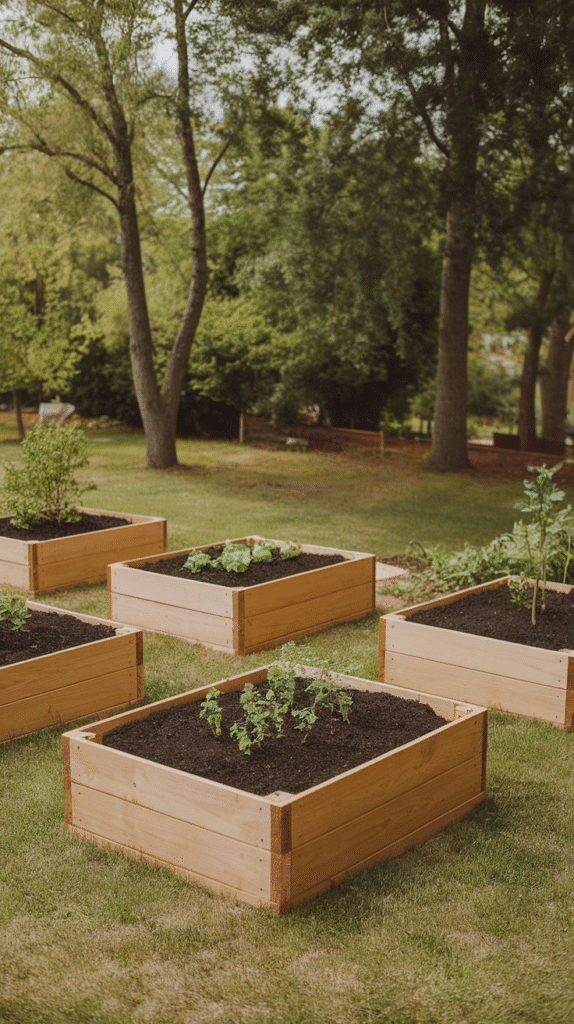
Raised beds aren’t just easier on your back—they also improve soil drainage and can be tailored to your garden’s aesthetic.
Plus, they keep plants organized and pests less likely to snack on your hard work.
I built my first raised bed using leftover pallet wood. It wasn’t perfect, but it felt like giving my plants a penthouse suite.
You can buy pre-made kits or DIY one with a few boards and screws.
3. Create a Gravel Path
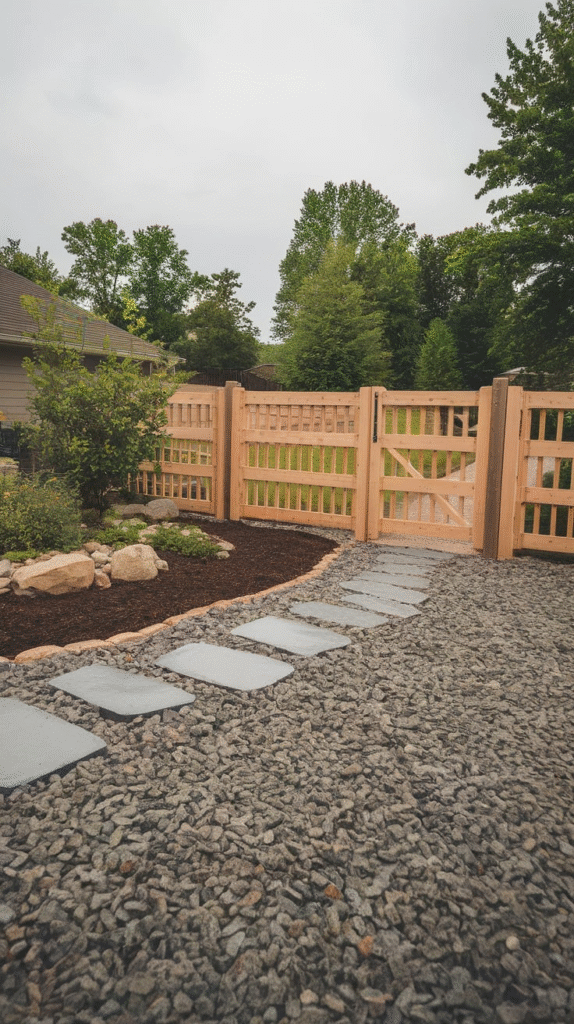
A gravel path is an easy way to create structure. Whether winding through your garden or leading to a cozy bench, it defines space and invites exploration.
Use crushed stone, pea gravel, or decomposed granite. Line it with brick, wood, or metal edging for polish.
It’s like giving your yard a backbone—and your guests a reason to wander.
4. Embrace Mulch (Seriously)
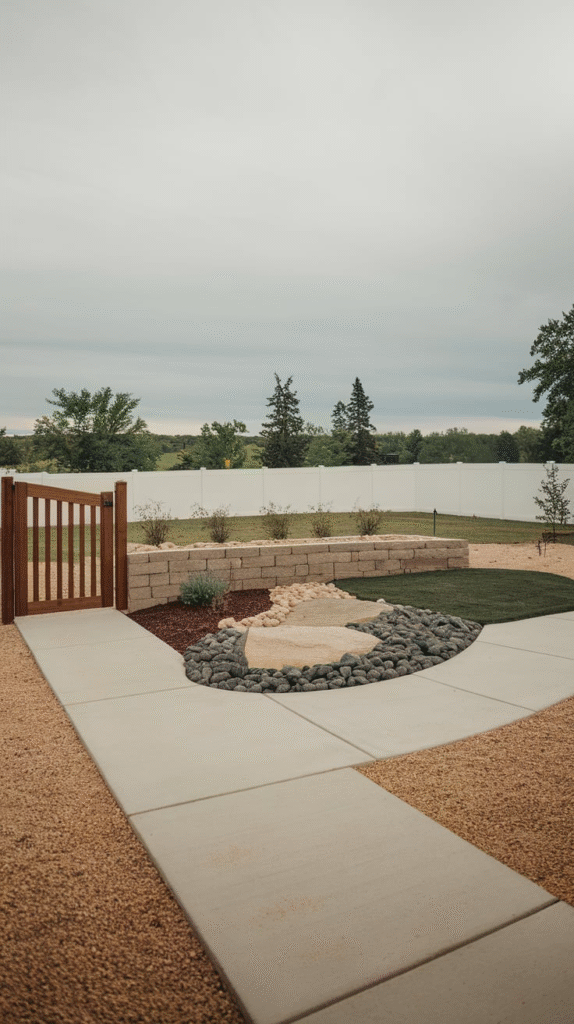
Mulch might not sound glamorous, but it’s the unsung hero of landscaping.
It retains moisture, suppresses weeds, and gives garden beds that neat, finished look.
Organic mulch (like bark or straw) also improves soil quality as it breaks down.
Mulching is the landscaping equivalent of adding eyeliner—suddenly everything looks sharper and more put-together.
5. Layer Plants by Height
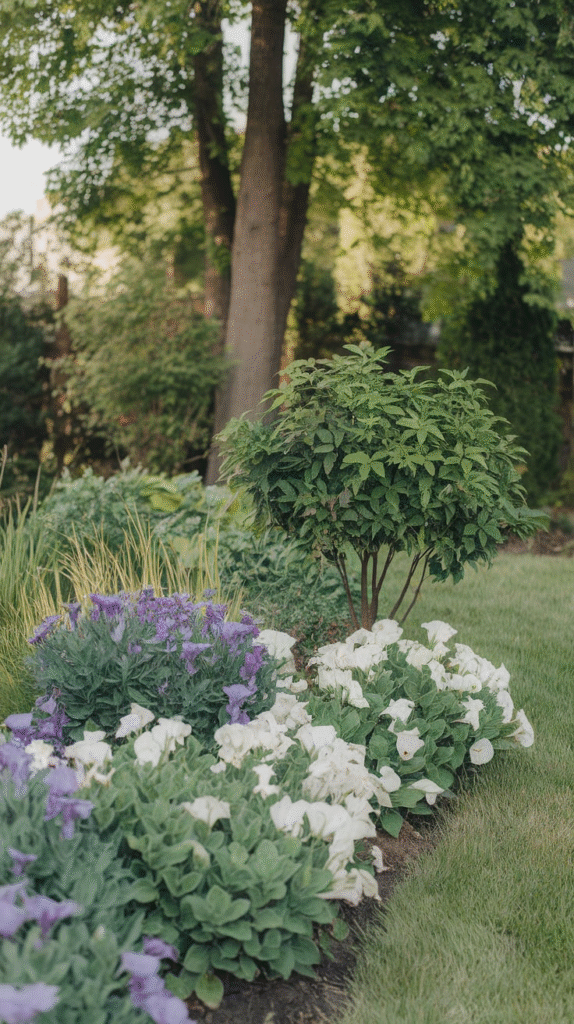
For visually appealing beds, layer your plants like a lasagna: tall in the back, medium in the middle, and short up front.
This creates depth and lets each plant shine.
Use native plants when possible—they’re adapted to your climate and usually require less maintenance and water.
According to the National Wildlife Federation, using native plants can reduce water usage by up to 50%. That’s less watering and more weekend naps.
6. Add a Fire Pit

Few things bring people together like a crackling fire. Fire pits add warmth, light, and a reason to stay out after sunset.
A simple DIY fire pit with stones and a metal bowl costs less than $100. Add a few Adirondack chairs, and you’ve got yourself a five-star campground.
7. Light the Way with Solar Lights
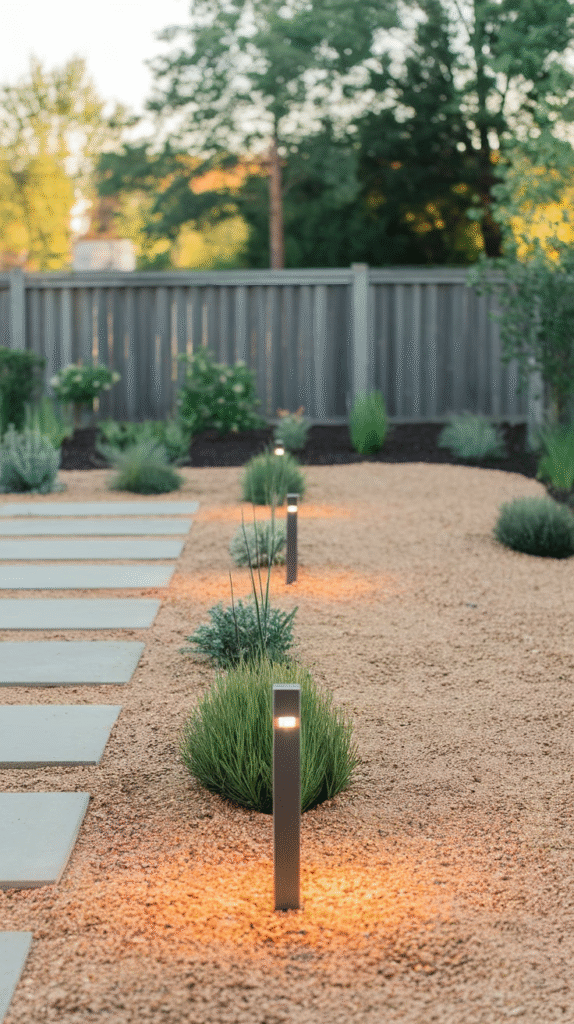
Solar lights are game-changers. They’re energy-efficient, easy to install, and automatically turn on at dusk.
Line your paths, borders, or garden features with these little glowing soldiers.
They’re like fairy dust for your yard—magical, functional, and no batteries required.
8. Hang Outdoor String Lights
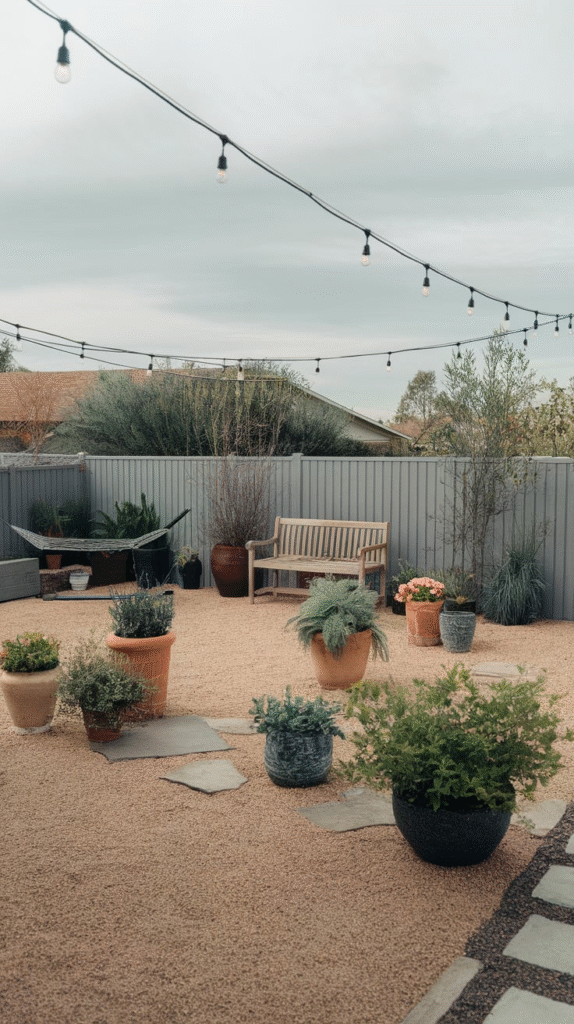
If your backyard were a movie set, string lights would be the special effects.
Drape them across a fence, between trees, or over a patio to create instant ambiance.
Warm white bulbs are classic, but globe lights or Edison bulbs bring vintage charm.
According to Houzz, string lights are one of the top five most-wanted outdoor features in 2024.
9. Install a Trellis or Arbor
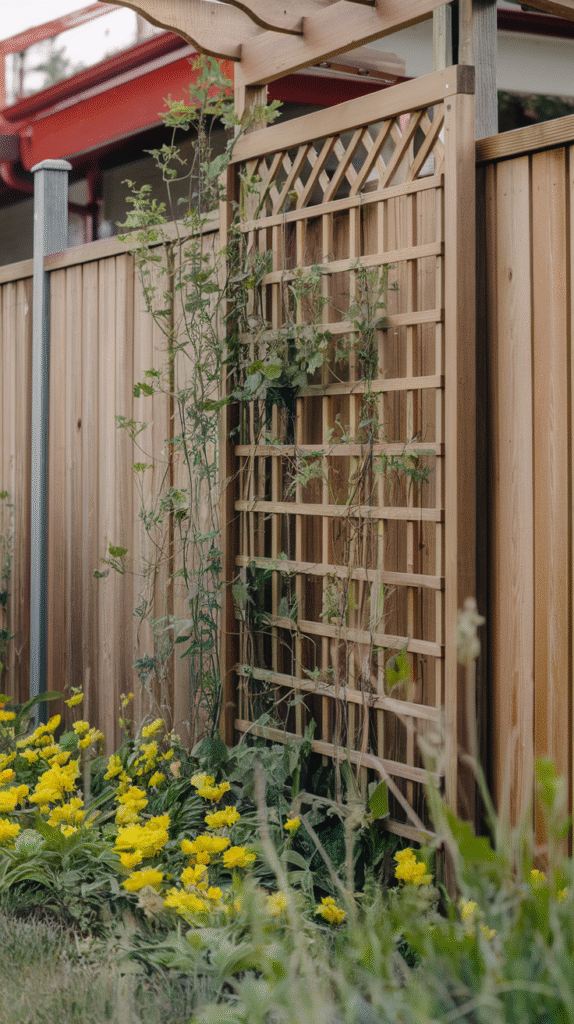
A trellis or arbor adds height, structure, and a dash of romance.
Let climbing plants like clematis, wisteria, or climbing roses drape themselves across and turn it into a living sculpture.
I once grew a morning glory arch that looked like something out of a fairytale… until the neighbor’s cat used it as a jungle gym. Still magical.
10. Use Edging to Define Spaces
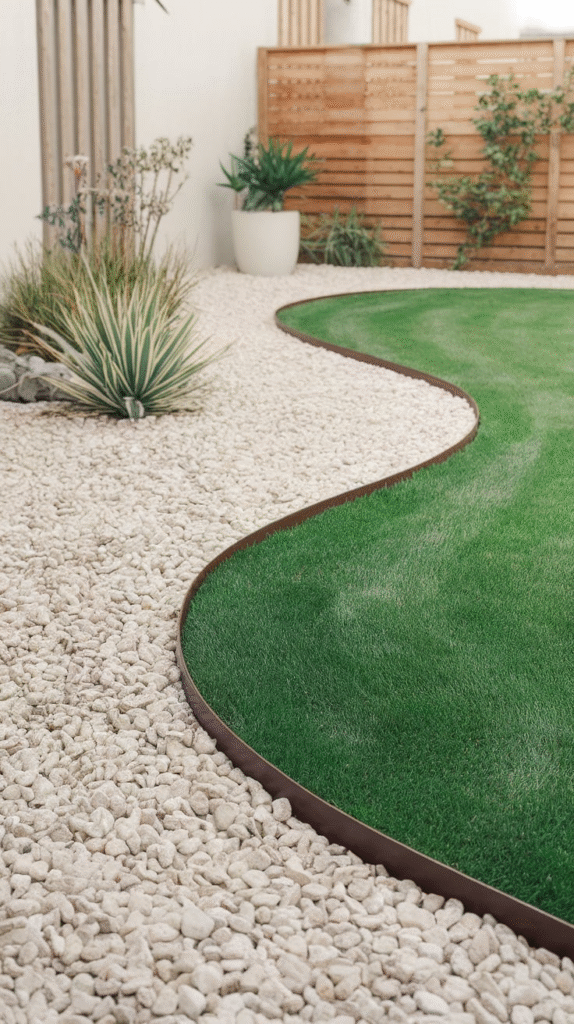
Edging helps separate your lawn from garden beds and walkways.
Metal, brick, plastic, or stone edging gives a crisp, clean look that screams “I have my life together.”
It also keeps mulch where it belongs and discourages grass from creeping into your flower beds.
11. Install a Water Feature
Even a small fountain or birdbath adds movement and sound. The trickling water soothes nerves and attracts birds, butterflies, and bees.
You don’t need a full koi pond. A ceramic pot with a recirculating pump can mimic the sound of a bubbling brook. Instant serenity.
12. Create a Cozy Seating Area
Give yourself a place to sit and enjoy your handiwork.
A bench under a tree, a hammock between posts, or a simple bistro table for two can make your backyard feel like an outdoor living room.
Pro tip: Add outdoor cushions and a throw blanket. Suddenly, you’re not just sitting—you’re lounging.
13. Try Vertical Gardening
Short on space? Go upward instead of outward.
Use wall-mounted planters, pallet gardens, or hanging baskets to add greenery without eating up your square footage.
Great for herbs, flowers, or strawberries—and it doubles as living wall art.
14. Use Potted Plants Strategically
Container gardening offers flexibility and visual interest. Move them around, swap them out seasonally, and experiment without commitment.
Group pots of different sizes and materials for a curated look. Think terra cotta, ceramic, or even galvanized buckets for rustic charm.
15. Create a Kid-Friendly Zone
If you have kids, designate a space just for them. A sandbox, tree swing, or tiny garden of their own teaches responsibility and gives them ownership.
My daughter planted sunflowers one year and measured their growth like it was a science fair. Spoiler: She won.
16. Use Perennials Over Annuals
Perennials come back year after year, which means less planting and more relaxing.
Popular picks include lavender, coneflowers, hostas, and black-eyed Susans.
According to Better Homes & Gardens, perennials cost more upfront but save 30–50% over five years compared to annuals.
17. Build a DIY Pergola
Want instant architectural charm? A pergola adds shade, defines space, and gives climbing plants a home.
Plus, it makes your backyard feel like an outdoor room.
You can build one from a kit or repurpose old wood for a rustic vibe. Add curtains or vines for extra flair.
18. Use Rock Gardens in Dry Areas
If water is scarce or your soil is stubborn, consider a rock garden.
Combine drought-resistant plants like succulents and sedum with decorative stones and boulders.
It’s low-maintenance, modern-looking, and surprisingly lush when done right.
19. Add a Garden Arch
A garden archway signals something special lies beyond. Use it to frame a path or mark a transition between lawn and garden.
Grow climbing vines like jasmine or honeysuckle and let them turn the arch into a living gateway.
20. Define Zones with Ground Covers
Instead of grass, try ground covers like creeping thyme, moss, or clover. They’re lower maintenance, use less water, and resist foot traffic.
According to EPA data, replacing turf with native ground covers can cut outdoor water use by 30–70%.
21. Paint or Stain Your Fence
Don’t ignore your fence—it’s the frame to your masterpiece. A fresh coat of paint or stain can make a huge difference.
Go classic with white, moody with black, or natural with cedar stain. You’ll be amazed how it polishes the whole look.
22. Make a DIY Stepping Stone Path
Use concrete molds, flagstones, or even old bricks to make a personalized path. Let it lead to a special spot—your fire pit, a reading nook, or a swing.
Get creative. My neighbor embedded seashells and marbles into her stepping stones—it’s like walking on a memory lane.
23. Include Native Trees and Shrubs
Native shrubs and trees support local wildlife, require less maintenance, and provide shade and privacy.
Check your local extension service for suggestions. A well-placed tree can lower backyard temps by up to 10°F, which is huge during heat waves.
24. Add a Garden Mirror
Want to make a small space feel larger? Hang a weatherproof mirror on a fence or wall. It reflects light and greenery, creating the illusion of more space.
It’s like landscaping sleight-of-hand. Just don’t position it where it could start fires or confuse birds.
25. Use a Color Theme
Pick two or three complementary colors for flowers, cushions, and decor. A cohesive palette makes your yard feel designed, not thrown together.
Try blue and yellow for a cheerful vibe or pink and white for something more romantic.
26. Grow Edible Landscaping
Blend herbs, veggies, and fruit into your regular landscaping. Blueberry bushes, rosemary hedges, or nasturtiums look good and taste better.
According to the National Gardening Association, 35% of households now grow food at home—up from 25% a decade ago.
27. Keep It Low Maintenance
The best backyard is the one you actually enjoy. Choose easy-care plants, automatic watering systems, and materials that don’t need constant babysitting.
If it’s too much work, you’ll end up resenting it. Landscaping should serve you, not the other way around.
Backyard transformations aren’t about perfection. They’re about creating a space that feels like you.
Some weekends, your yard will be a buzzing hive of productivity. Other times, it’ll be a hammock and a cold drink. Both are valid. Both are beautiful.
So roll up your sleeves, grab that shovel (or iced tea), and start dreaming. Your backyard is ready to become your favorite room—no ceiling required.

